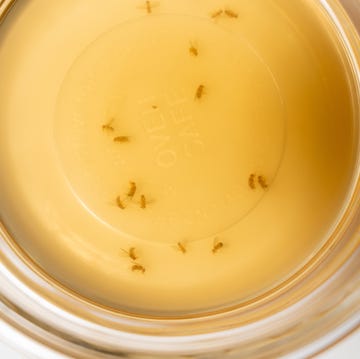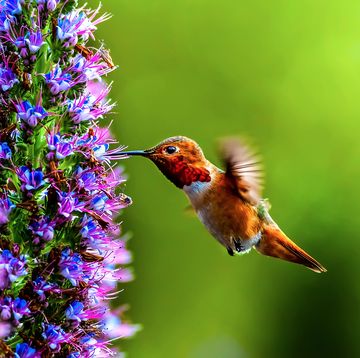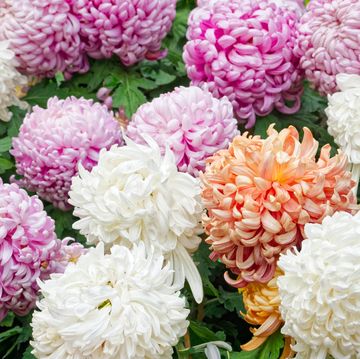12 Tropical Houseplants to Bring Vacation Vibes to Your Home
Take your pick of large varieties, low-light species and more for indoors.

Never underestimate the power of a houseplant. They have a host of health benefits—for starters, they can improve your home's air quality and give you a major mood boost. And, if you're looking to inject some jungle vibes into your home, consider tropical houseplants.
As the name might suggest, this type of foliage thrives in warm, humid conditions—you know, similar to the shrubs and trees you'd expect to see dotted along the Amazon River. Depending on where you live, tropical plants might be perfect thing to take care of during the dog days of summer.
However, with so many options to explore, choosing the right tropical houseplant is not always easy. To help, we're sharing the very best tropical houseplants for just about every green thumb. Plus, to make picking the perfect plant even easier, we've broken down the basics such as level of difficulty as well as light and watering requirements.

Kelsey Mulvey is a freelance lifestyle journalist, who covers shopping and deals for Good Housekeeping, Women's Health, and ELLE Decor, among others. Her hobbies include themed spinning classes, Netflix, and nachos.

Readers Also Read

25 Hard-to-Kill Houseplants for Every Room

40 Budget-Friendly Garden Ideas

The Ultimate Aloe Vera Plant Care Guide

12 Things to Throw Out ASAP in September



















